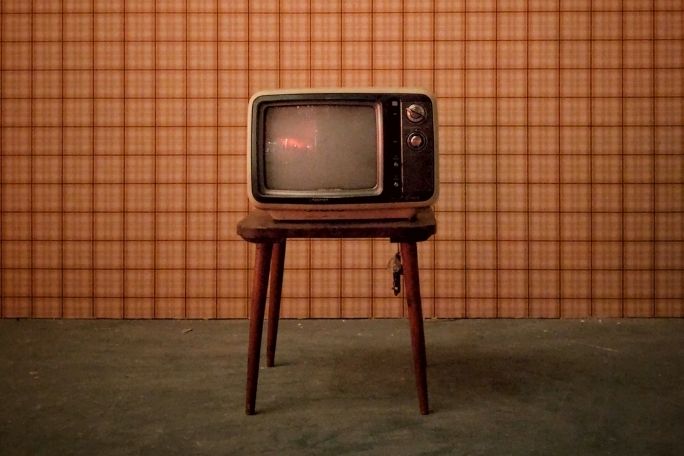Lesson summary
In this activity students are asked to investigate the idea of planned obsolescence and how this relates to what we consume and how much we consume. Students are asked to watch and respond to a short clip from a documentary in their own time, then analyse the planned obsolescence of a product that they or someone in their family recently purchased. Students will then recreate a product according to a more sustainable design model.
Learning intentions:
Students will...
- understand the term ‘planned obsolescence’
- identify a range of ways that products are designed according to principles of planned obsolescence
- recognise the role of consumers in the sustainability of products.
Lesson guides and printables
Lesson details
Curriculum Mapping
Australian Curriculum content descriptions:
Year 7 Economics and Business:
- The ways consumers and producers respond to and influence each other in the market (ACHEK017)
Year 7 & 8 Design and Technologies:
- Examine and prioritise competing factors including social, ethical and sustainability considerations in the development of technologies and designed solutions to meet community needs for preferred futures (ACTDEK029)
- Investigate the ways in which products, services and environments evolve locally, regionally and globally through the creativity, innovation and enterprise of individuals and groups (ACTDEK029)
- Generate, develop, test and communicate design ideas, plans and processes for various audiences using appropriate technical terms and technologies including graphical representation techniques (ACTDEP036)
Syllabus Outcomes: T4.1.2, T4.1.3, T4.4.1, T4.6.2, T4.2.1, T4.2.2, T4.5.2, C4.2, C4.3, C4.4.
Time required: 60 mins+
Level of teacher scaffolding: Medium – oversee activity and facilitate discussion
Resources required
- Internet access
- Student worksheet
Additional info
This is an original Cool.org lesson. Facts and figures in these lessons may have changed since this lesson was published. We always endeavour to update our resources in a timely manner, but if you see an error or issue in our resources please get in touch with us.


Welcome back!
Don't have an account yet?
Log in with:
By signing up to Cool.org you consent and agree to Cool's privacy policy to
store, manage and process your personal information. To read more, please see
our privacy policy here(Opens in new tab).
Create your free Cool.org account.
Many of our resources are free, with an option to upgrade to Cool+ for premium content.
Already have an account?
Sign up with:
By signing up to Cool.org you consent and agree to Cool's privacy policy to
store, manage and process your personal information. To read more, please see
our privacy policy here(Opens in new tab).